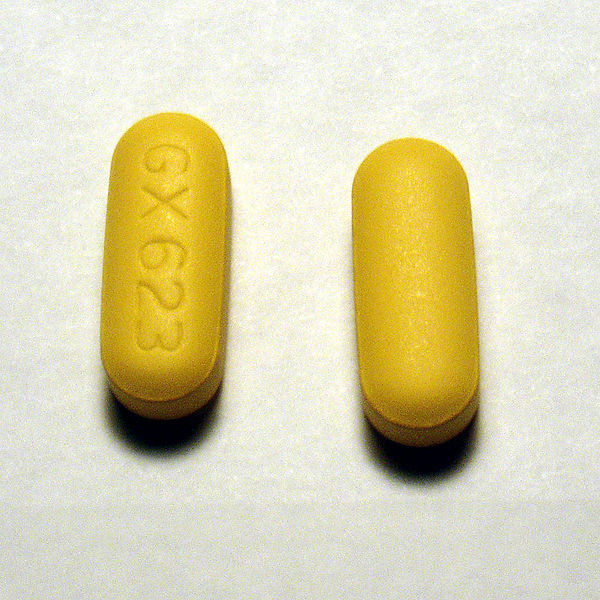HIV/AIDS
Two types of HIV exist: HIV-1 and HIV-2. HIV-1 is more virulent, is more easily transmitted and is the cause of the vast majority of HIV infections globally. The pandemic strain of HIV-1 is closely related to a virus found in the chimpanzees of the subspecies Pan troglodytes troglodytes, which live in the forests of the Central African nations
Transmission:
HIV is transmitted by three main routes: sexual contact, exposure to infected body fluids or tissues, and from mother to child during pregnancy, delivery, or breastfeeding (known as vertical transmission). There is no risk of acquiring HIV if exposed to feces, nasal secretions, saliva, sputum, sweat, tears, urine, or vomit unless these are contaminated with blood. It is possible to be co-infected by more than one strain of HIV—a condition known as HIV superinfection.
Sexual:
The most frequent mode of transmission of HIV is through sexual contact with an infected person. The majority of all transmissions worldwide occur through heterosexual contacts (i.e. sexual contacts between people of the opposite sex)
Bodily Fluids:
The second most frequent mode of HIV transmission is via blood and blood products. Blood-borne transmission can be through needle-sharing during intravenous drug use, needle stick injury, transfusion of contaminated blood or blood product, or medical injections with unsterilised equipment. The risk from sharing a needle during drug injection is between 0.63 and 2.4% per act, with an average of 0.8%. The risk of acquiring HIV from a needle stick from an HIV-infected person is estimated as 0.3% (about 1 in 333) per act and the risk following mucous membrane exposure to infected blood as 0.09% (about 1 in 1000) per act.
Mother to Child:
HIV can be transmitted from mother to child during pregnancy, during delivery, or through breast milk. This is the third most common way in which HIV is transmitted globally. In the absence of treatment, the risk of transmission before or during birth is around 20% and in those who also breastfeed 35%. As of 2008, vertical transmission accounted for about 90% of cases of HIV in children. With appropriate treatment the risk of mother-to-child infection can be reduced to about 1%. Preventive treatment involves the mother taking antiretroviral during pregnancy and delivery, an elective caesarean section, avoiding breastfeeding, and administering antiretroviral drugs to the newborn. Antiretrovirals when taken by either the mother or the infant decrease the risk of transmission in those who do breastfeed. Many of these measures are however not available in the developing world. If blood contaminates food during pre-chewing it may pose a risk of transmission.
Prevention:
Consistent condom use reduces the risk of HIV transmission by approximately 80% over the long term. When condoms are used consistently by a couple in which one person is infected, the rate of HIV infection is less than 1% per year. There is some evidence to suggest that female condoms may provide an equivalent level of protection. Application of a vaginal gel containing tenofovir (a reverse transcriptase inhibitor) immediately before sex seems to reduce infection rates by approximately 40% among African women. By contrast, use of the spermicide nonoxynol-9 may increase the risk of transmission due to its tendency to cause vaginal and rectal irritation.
Managment:
Antiviral Therapy:

Current HAART options are combinations (or "cocktails") consisting of at least three medications belonging to at least two types, or "classes," of antiretroviral agents. Initially treatment is typically a non-nucleoside reverse transcriptase inhibitor (NNRTI) plus two nucleoside analogue reverse transcriptase inhibitors (NRTIs).[127] Typical NRTIs include: zidovudine (AZT) or tenofovir (TDF) and lamivudine (3TC) or emtricitabine (FTC). Combinations of agents which include a protease inhibitors (PI) are used if the above regimen loses effectiveness.
HIV World View:
